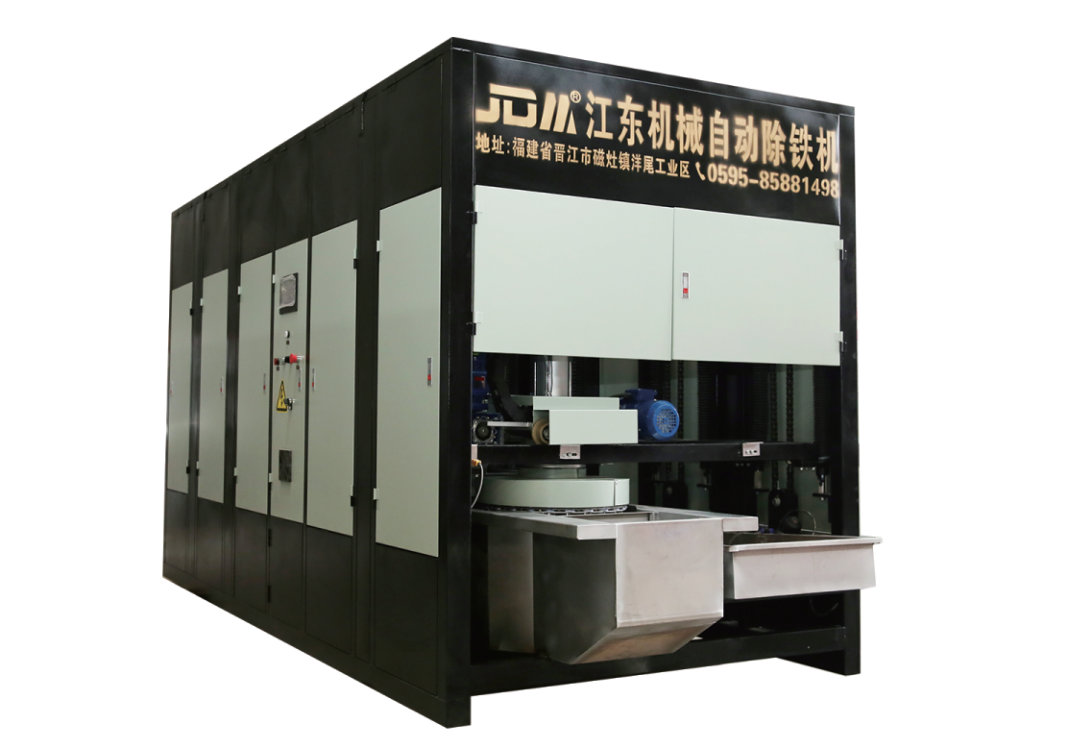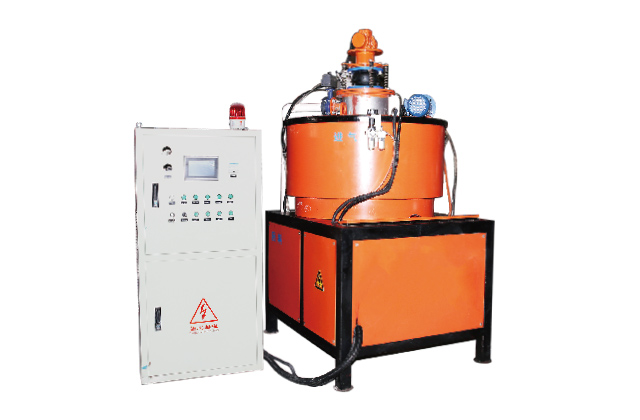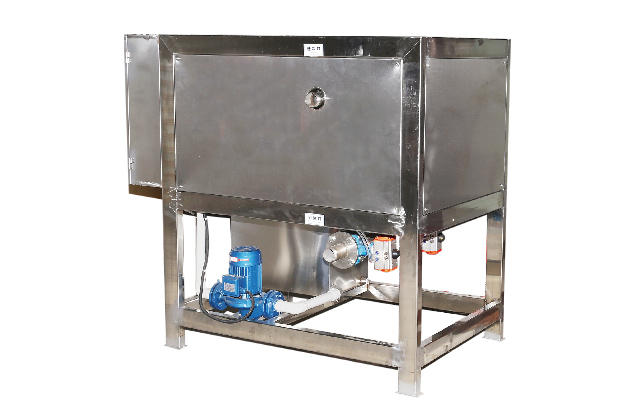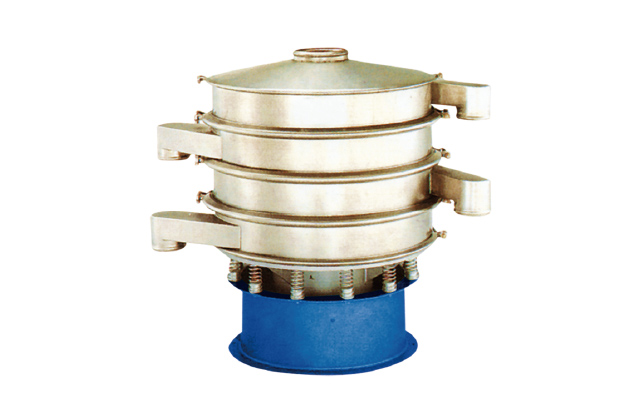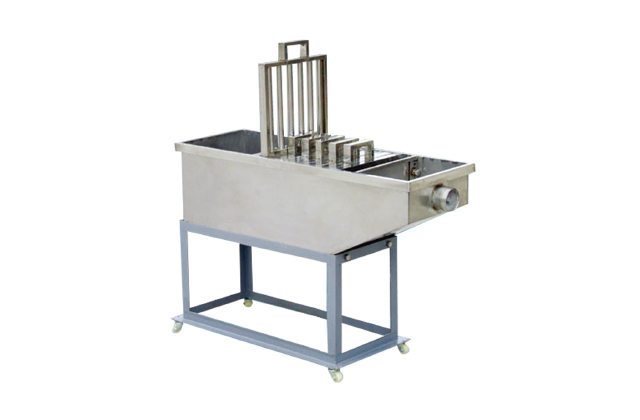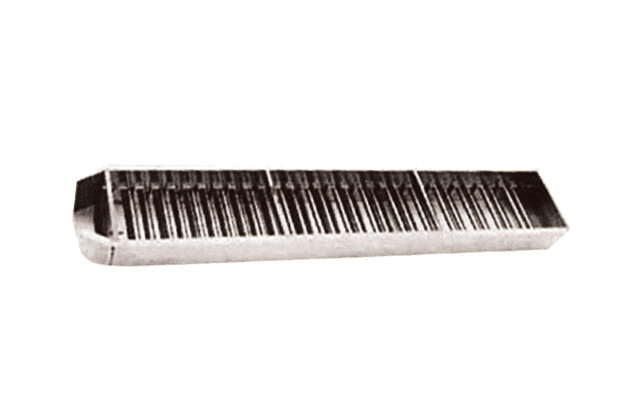August 22, 2025
How to Separate Iron and Wood Pieces: A Step-by-Step Guide
Introduction
Separating iron and wood pieces can be a challenging task, especially when they are mixed together in a pile of scrap materials. Whether you’re working on a DIY project, organizing your workshop, or simply trying to recycle materials, knowing how to efficiently separate these two materials can save you time and effort. In this article, we’ll explore the best methods and techniques for separating iron and wood pieces effectively.
Understanding the Properties of Iron and Wood
Before diving into the separation process, it’s essential to understand the properties of both materials. Iron is a metal that is highly magnetic, durable, and often heavier than wood. Wood, on the other hand, is a natural material that is lightweight, non-magnetic, and can be easily shaped and cut. Understanding these differences will help you choose the right tools and techniques for the separation process.
Method 1: Manual Separation
Manual separation is one of the simplest and most straightforward methods, especially when dealing with small quantities of mixed materials. Here’s how you can do it:
- Step 1: Lay out all the mixed materials on a flat surface, such as a workbench or a table.
- Step 2: Pick up each piece and determine whether it is made of iron or wood. You can do this by checking the weight (iron is usually heavier) or by using a magnet (iron will stick to the magnet, while wood will not).
- Step 3: Place the iron pieces in one pile and the wood pieces in another pile.
This method is ideal for small-scale separation and requires minimal tools, making it a cost-effective solution.
Method 2: Using a Magnet
If you’re dealing with a larger quantity of materials, using a magnet can be a much faster and more efficient method. Here’s how to do it:
- Step 1: Obtain a strong magnet, such as a neodymium magnet or an industrial-strength magnet.
- Step 2: Pass the magnet over the mixed materials. The iron pieces will be attracted to the magnet, while the wood pieces will remain unaffected.
- Step 3: Collect the iron pieces that are attracted to the magnet and set them aside.
- Step 4: Repeat the process until all iron pieces have been separated from the wood pieces.
This method is particularly useful for separating small iron pieces that may be difficult to identify by sight or touch.
Method 3: Using a Conveyor Belt System
For industrial-scale separation, a conveyor belt system equipped with magnetic separators is the most efficient method. Here’s how it works:
- Step 1: Load the mixed materials onto a conveyor belt.
- Step 2: As the materials move along the conveyor belt, a magnetic separator will attract and pull the iron pieces away from the wood pieces.
- Step 3: The separated iron pieces will fall into one collection bin, while the wood pieces will continue along the conveyor belt and fall into another collection bin.
This method is ideal for large-scale operations and ensures a high level of efficiency and accuracy in the separation process.
Method 4: Using Air Separation
Air separation is another method that can be used to separate iron and wood pieces, especially when dealing with materials of varying sizes and shapes. Here’s how it works:
- Step 1: Load the mixed materials into a hopper or feeding chute.
- Step 2: Use a blower or fan to create a stream of air that will carry the materials along a sorting path.
- Step 3: The heavier iron pieces will fall through the air stream and land in a collection bin, while the lighter wood pieces will be carried further along the sorting path and land in a separate collection bin.
This method is particularly effective for separating materials of different densities and is commonly used in recycling facilities.
Conclusion
Separating iron and wood pieces can be a straightforward process if you have the right tools and techniques. Whether you’re working on a small-scale project or managing an industrial operation, there are various methods available to suit your needs. By understanding the properties of the materials and choosing the most appropriate separation method, you can efficiently and effectively separate iron and wood pieces, saving time and effort in the long run.

